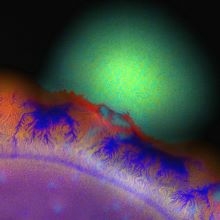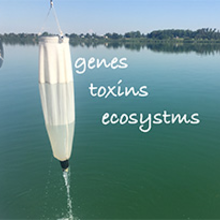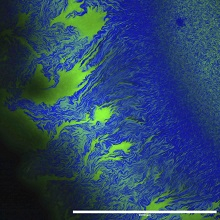Department Environmental Microbiology
Microbial Community Assembly
Research areas
Our research is inspired by the extraordinary levels of biodiversity that are typically present within microbial communities. For example, a single liter from a lake, a river, or the aeration basin of a wastewater treatment plant is estimated to contain many thousands of microbial strains and express tremendous numbers of functional traits. These extraordinary levels of biodiversity underscore two of the most profound and enigmatic questions in the discipline of microbial ecology.
- Why are microbial communities so biodiverse? In other words, what are the mechanisms that promote these levels of biodiversity and enable the apparent co-existence of many thousands of microbial strains?
- Is biodiversity important for the provision of a particular ecosystem service? If so, can we predict how differences or changes in biodiversity are likely to affect the provision of that ecosystem service?
We investigate the mechanisms that promote biodiversity using experimental systems. The central hypothesis is that particular metabolic processes are in biochemical conflict with each other, thus causing those processes to be more effectively performed by different microbial strains than by the same strain. One possible consequence of a biochemical conflict is the emergence of biodiversity. To test this hypothesis, we experimentally measure biochemical conflicts between different metabolic processes and track their cellular fate over evolutionary time. The ultimate goal is to improve our general understanding about how biodiversity is promoted and maintained within the natural environment.
We investigate the relationship between biodiversity and the provision of ecosystem services using environmental systems. The central hypothesis is that biodiversity is more important for the provision of specialist ecosystem services (i.e. services that are performed by only a few strains) than for generalist ecosystem services (i.e. services that are performed by many strains). To test this hypothesis, we measure the provision of many different ecosystem services in parallel and quantify their relationships with biodiversity. We then test whether the shapes of the relationships depend on the degree of specialization of each ecosystem service. The ultimate goal is to improve our general understanding about why biodiversity is more important for the provision of some ecosystem services than for others.
For more information click here: www.mca-johnson.com












